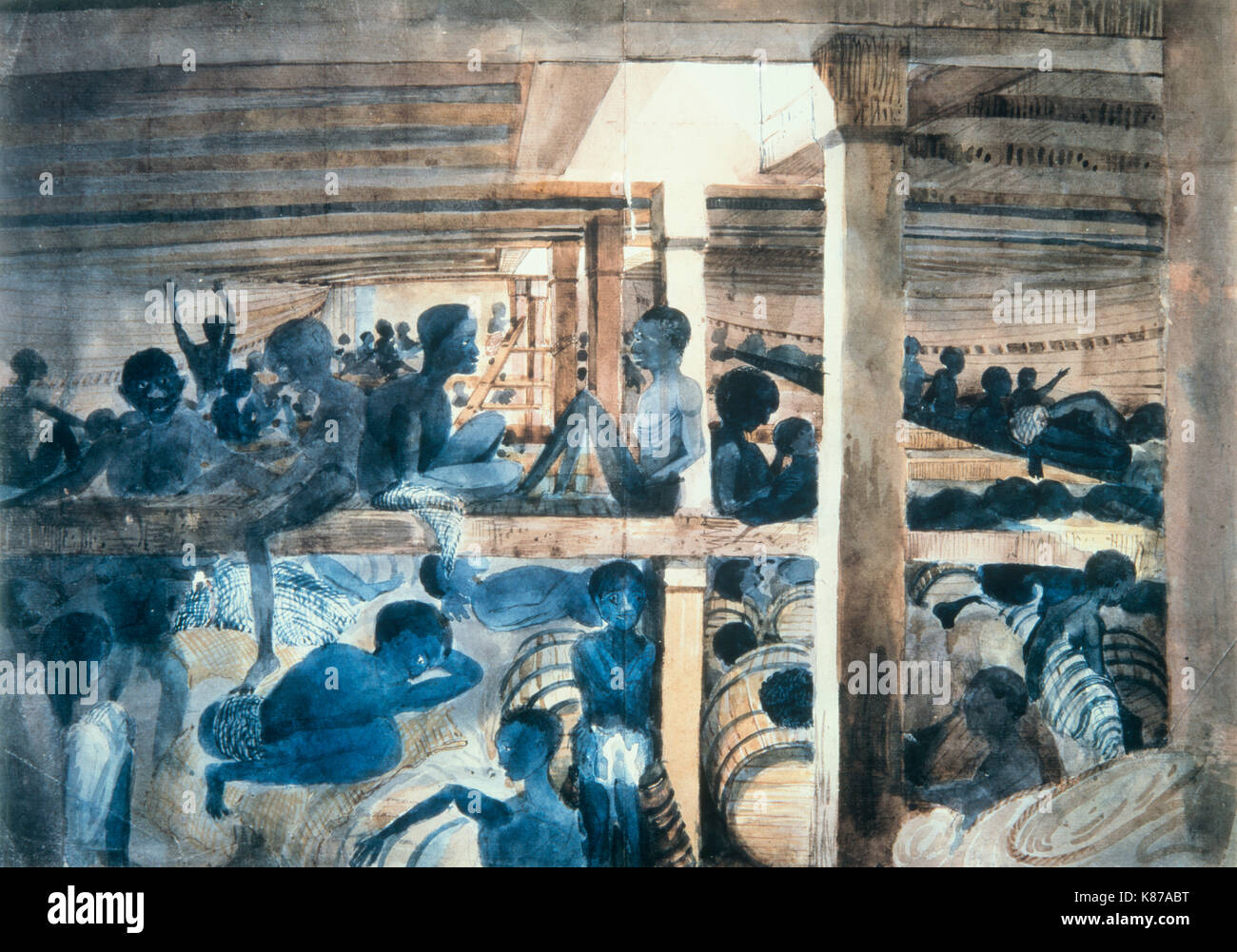

Lamar of Savannah, who proposed that together they retrofit the Wanderer and convert it into a slave ship. Shortly after his purchase, Corrie was approached by business associate Charles A. Corrie, a prominent South Carolinian with strong ties to political circles in Washington, D.C., and to the elite business community of New York City, hoped that the purchase of the Wanderer would afford him admittance into the New York Yacht Club and catapult him into some of the city’s most exclusive social groups. In 1858, while on a voyage back to New Orleans, Johnson sold the vessel for $25,000 to William C. Of particular note was the ship’s ability to achieve high speeds its streamlined design allowed it to sail at a maximum of twenty knots per hour.ĭespite the ship’s attributes, Johnson, for whatever reason, did not keep the Wanderer for long.

Upon its completion, the Wanderer was considered to be one of the world’s most impressive privately owned pleasure crafts. Johnson, a New Orleans, Louisiana, sugar baron who was also a member of the prestigious New York Yacht Club, commissioned a 238-ton luxury sailing vessel to be built on Long Island for his personal use. News of the Wanderer and its cargo quickly spread across the country and contributed to the sectional tensions between the North and the South that would soon lead to secession and the Civil War (1861-65). The incident is especially noteworthy because the federal Slave Importation Act, passed in 1807, had officially banned the foreign importation of enslaved people into the United States.


 0 kommentar(er)
0 kommentar(er)
